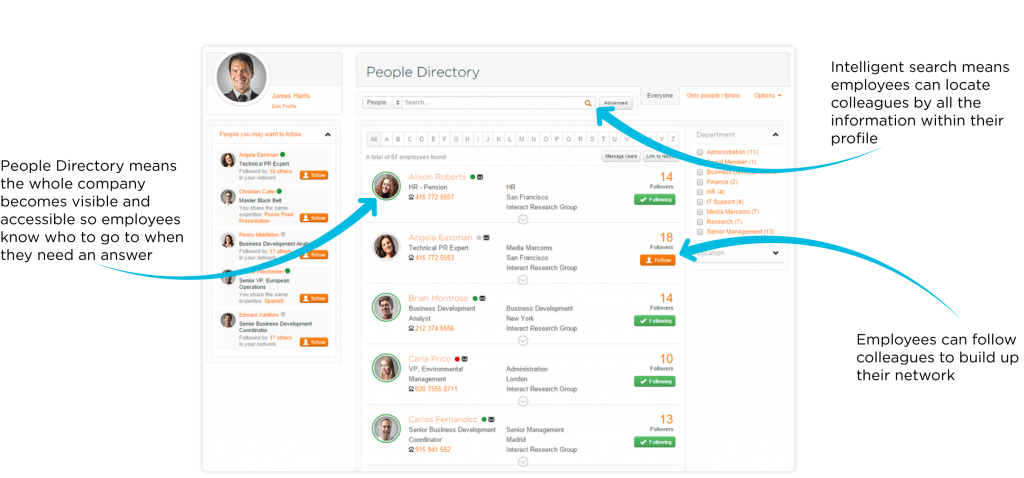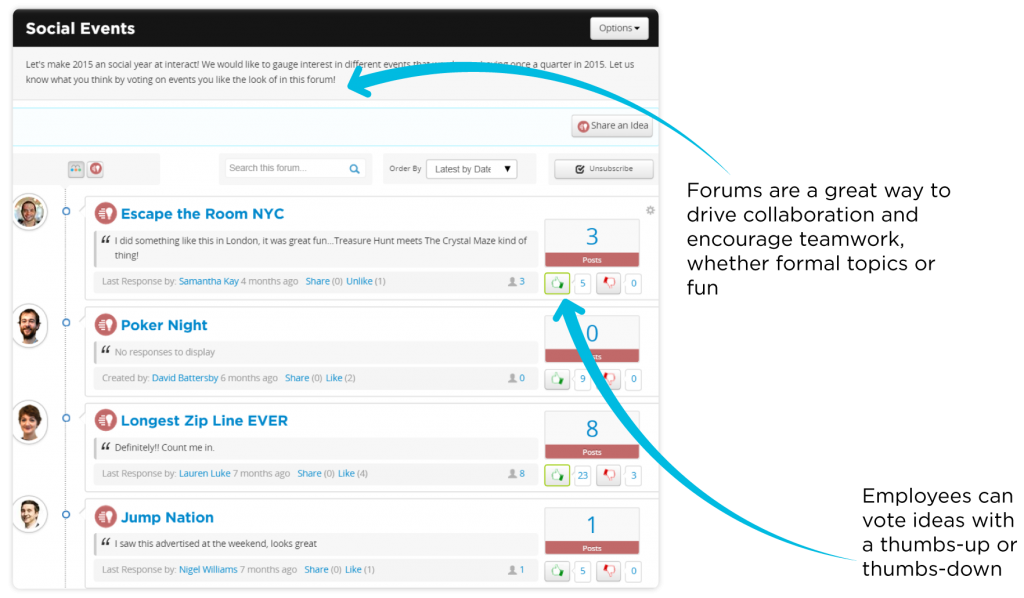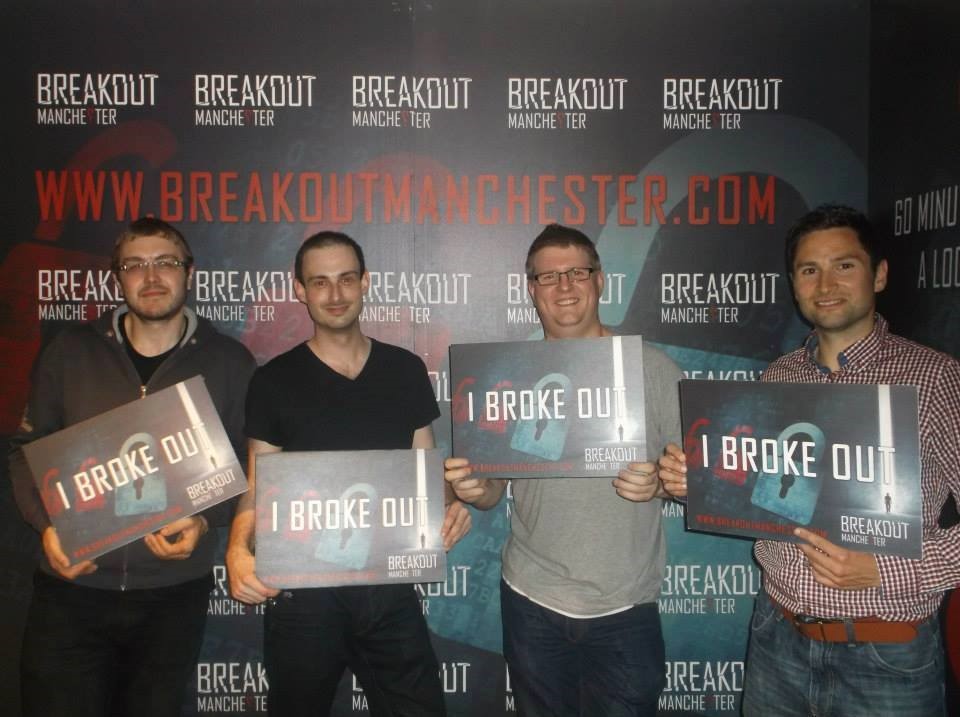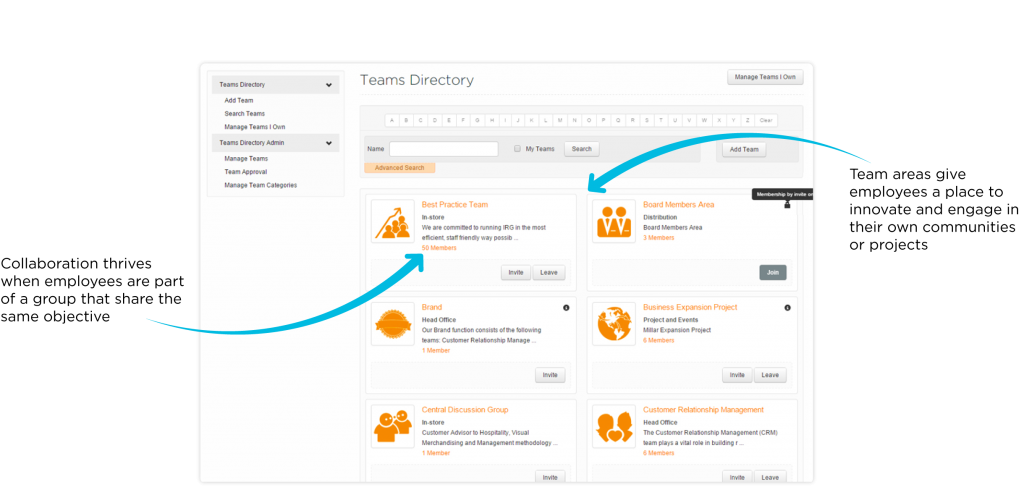No man left behind – The 4 pillars of teamwork
“No man left behind” is a phrase that resonates well with me. I realized the value of this expression when I was managing an exhibit at a large tradeshow where my 30 colleagues would not leave until everyone was ready to go. Most of us know how long and exhausting a day at a tradeshow can be, so this demonstration of comradery made a big impression on me.
Research shows that comradery in the workplace has a very positive impact on employee satisfaction and engagement. In fact it’s the number one reason that employees go the extra mile. In an article by the Harvard Business Review titled, “We all need friends at work”, Zappos is credited with developing core values that create a positive environment for employees and build a positive team spirit. These values led to the online shoe retailer achieving $1 billion in sales annually.
Furthermore, a Gallup survey found that close work friendships boost employee satisfaction by 50% and people with a best friend at work are seven times more likely to engage fully in their work.
Traditionally, comradery is created through face-to-face interaction. But many are “working in silos” due to the globalization of business, departmental segregation and flexible working, so it’s becoming all the more important to encourage corporate values that support comradery and for organizations to provide one platform that enables employees wherever they are to demonstrate those values.
A truly intelligent and social intranet can encourage professional relationships and inspire teamwork:
People Directory
People Directory is the most obvious but important feature to enable teamwork!
Boundaries are removed and lines of communication are opened as the whole company becomes visible, accompanied with their department, location, expertise, interests and most importantly a face!
We’ve all been there when we need help with specific tasks or projects, but after numerous unsuccessful attempts are at a loss of who to turn to for the answer. If your directory is robust enough, your employees can effortlessly locate peers by the information within their profiles, and not only obtain the right answer first time, start to build relationships with colleagues they may not have come into contact with otherwise.
Your employees can follow colleagues to build up their network, whilst all likes, shares and comments appear on the homepage for all to see, making collaboration visible.
You can also use the directory to connect to colleagues on platforms outside the company, like LinkedIn and Twitter via links on their intranet profile.

Forums
Forums are a great way to create a social environment in which teamwork and work relationships can thrive. Topics can range from the formal, to more fun discussions, but the main thing is that it’s open and involves everyone.
Interact recently arranged a teambuilding activity for all employees across the globe (yes I’m aware of the irony of using this example in a blog about teamwork). Our Office Manager, Emma, started a forum on our intranet, Homer, asking for ideas. 21 ideas were submitted and voted on 196 times with ‘thumbs up’ or ‘thumbs down’. Although logistics meant we couldn’t all do it together, it was important to us all that we did the same activity at a similar time to be able to have discussions and share stories pre and post event.

The New York team, myself included, were so close to escaping. We remained a united team however.

Whereas across the pond, one of the teams in Manchester, UK, showed great teamwork and broke free!
Teams
People commonly feel a sense pride and comradery when they are part of a group that share the same objective. For example, studies have shown that soldiers form strong bonds during missions in part because they believe in the purpose of the mission.
Team areas on an intranet give employees a place to innovate and engage in their own communities of common interest or projects, which is ideal for building relationships and enhancing collaboration.

Peer rewards program
It’s essential to have a rewards system in place if you are fostering a culture of teamwork.
Collaboration breeds further when employees are allowed to publically share positive feedback about their teamwork and celebrate each other’s successes. It has a positive impact on morale and encourages others to do the same – research shows 44% of employees organically give peer-to-peer recognition when it’s easy to do.
In a recent blog Nigel Danson, Interact CEO and Founder, said: “When the Rewards Widget appears on your intranet homepage, it’s there for everyone to see, and naturally gives you a boost – who doesn’t feel a warm glow from getting publically recognized for doing a good job?”
The bottom line is that people need to work together. With a truly social intranet, employees will easily find each other in the Directory, brainstorm and help each other in Forums, share their interests in Teams and publically acknowledge their successes with Rewards. Now that’s a platform worth investing in.

